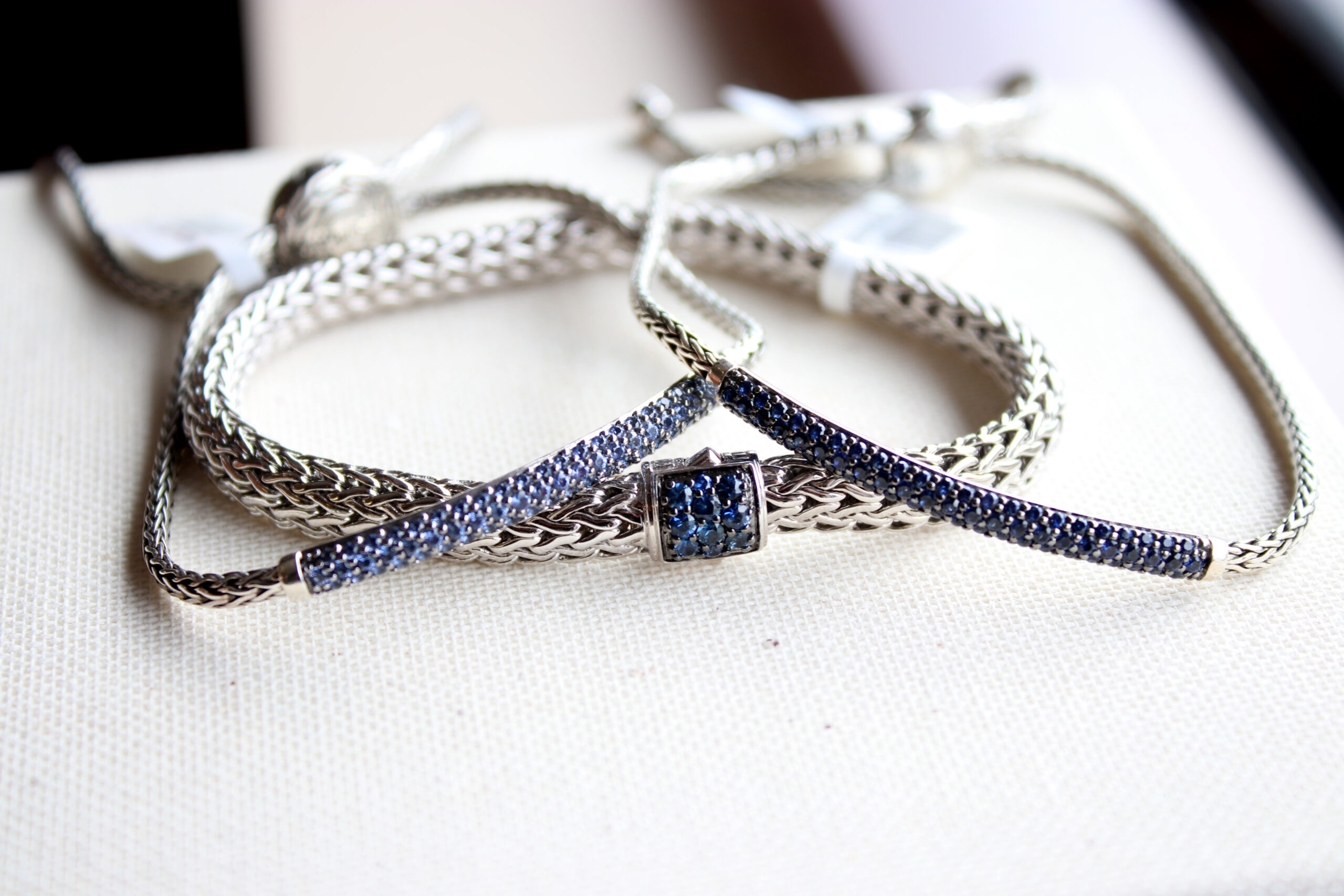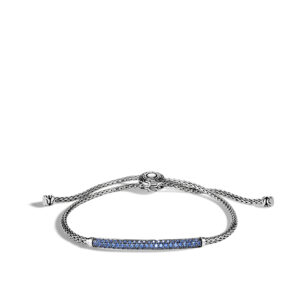September’s birthstone is sapphire. This birthstone has fascinating ties to history and famous figures. Sapphires are typically blue, but can be found in all colors except red (which is ruby). It is also a very popular gemstone for engagement rings, thanks to the late Princess Diana.
Sapphire
Sapphire engagement rings and other colored gemstone engagement rings have been the favored choice for royal families for centuries. Before diamonds took over as the traditional gemstone for engagement rings, many used sapphires instead. Even Napoleon Bonaparte gave his fiancée a sapphire engagement ring in 1796. Therefore, it was not a complete shock when Princess Diana chose a beautiful 12 carat blue Ceylon sapphire ring for her engagement to Prince Charles in 1981. However, there was a bit of controversy about this ring within the royal family. Diana chose her engagement ring from Garrad’s jewelry catalog, the official jeweler of the United Kingdom, rather than electing to have a one-of-a-kind design be made for her. This meant that non-royals could have access to the same jewels as the royal family. Princess Diana’s decision challenged the long-standing traditions of the royal family.
Today this famous engagement ring is estimated to be worth around $400,000. It has now found itself a home on Kate Middleton’s ring finger, as Prince William proposed in 2010. Ever since William proposed with Diana’s sapphire ring, there has been a substantial increase in sapphire gemstone purchases.
Sapphire is a valued gem in the jewelry industry, but it is also highly valued in other areas such as industrial applications, including scientific instruments, high-durability windows, watches, and electronics. This gemstone is also used in shatter-resistant windows, crystals in wristwatches, and electronic circuitry including integrated circuits and LEDs.
Browse Sapphire Jewelry
Throughout history, sapphire has been important during various times and to various groups of people. For example, Greeks wore sapphire for guidance when seeking answers from the oracle, sapphire was worn by kings and queens of ancient Greece and Rome, ancient Persians believed the Earth rested on a giant sapphire that made the sky blue, and warriors gave their wives sapphire necklaces so they would remain faithful to them. This gifting was due to the common belief that the gemstone’s color would darken if worn by an adulterer.
Royalty of ancient times desired sapphires, especially since it was believed that the gemstone warded off evil and harm. In fact, one of the most famous sapphires rests on the Imperial State Crown worn by Queen Victoria in 1838. Sapphires were also thought to provide protection against snakes and spiders. Many believed that if poisonous snakes and spiders were placed in a jar with a sapphire, they would immediately die.
This gemstone has various religious ties and has long been associated with the majesty and tranquility of the heavens. Buddhists believed that the gemstone brought spiritual enlightenment, Hindus used sapphire during worship, early Christian kings used it in ecclesiastical rings, and ancient Hebrews believed that the Ten Commandments were engraved on tablets of sapphire, though historians now believe it may have been lapis lazuli.

 (651)698-6321
(651)698-6321 Schedule Appointment
Schedule Appointment






